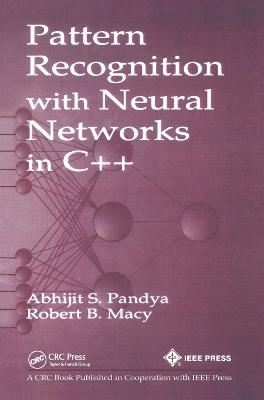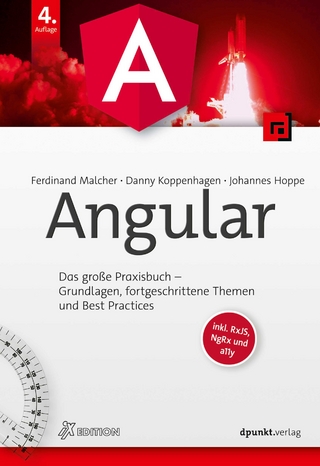
Pattern Recognition with Neural Networks in C++
CRC Press (Verlag)
978-0-367-44887-5 (ISBN)
Pandya, Abhijit S.; Macy, Robert B.
Introduction Pattern Recognition Systems Motivation for Artificial Neural Network Approach A Prelude to Pattern Recognition Statistical Pattern Recognition Syntactic Pattern Recognition The Character Recognition Problem Organization of Topics Neural Networks: An Overview Motivation for Overviewing Biological Neural Networks Background Biological Neural Networks Hierarchical Organization of the Brain Historical Background Artificial Neural Networks Preprocessing General Dealing with Input from a Scanned Image Image Compression Edge Detection Skeletonizing Dealing with Input from a Tablet Segmentation Feed Forward Networks with Supervised Learning Feed-Forward Multilayer Perceptron (FFMLP) Architecture FFMLP in C++ Training with Back Propagation A Primitive Example Training Strategies and Avoiding Local Minima Variations on Gradient Descent Topology ACON vs. OCON Overtraining and Generalization Training Set Size and Network Size Conjugate Gradient Method ALOPEX Some Other Types of Neural Networks General Radial Basis Function Networks Higher Order Neural Networks Feature Extraction I: Geometric Features and Transformations General Geometric Features (Loops, Intersections and Endpoints) Feature Maps A Network Example Using Geometric Features Feature Extraction Using Transformations Fourier Descriptors Gabor Transformations and Wavelets Feature Extraction II: Principle Component Analysis Dimensionality Reduction Principal Components Karhunen-Loeve (K-L) Transformation Principal Component Neural Networks Applications Kohonen Networks and Learning Vector Quantization General K-Means Algorithm An Introduction to the Kohonen Model The Role of Lateral Feedback Kohonen Self-Organizing Feature Map Learning Vector Quantization Variations on LVQ Neural Associative Memories and Hopfield Networks General Linear Associative Memory (LAM) Hopfield Networks A Hopfield Example Discussion Bit Map Example BAM Networks A BAM Example Adaptive Resonance Theory (ART) General Discovering the Cluster Structure Vector Quantization ART Philosophy The Stability-Plasticity Dilemma Art1: Basic Operation Art1: Algorithm The Gain Control Mechanism ART2 Model Discussion Applications Neocognition Introduction Architecture Example of a System with Sample Training Patterns Systems with Multiple Classifiers General A Framework for Combining Multiple Recognizers Voting Schemes The Confusion Matrix Reliability Some Empirical Approaches
| Erscheinungsdatum | 20.12.2019 |
|---|---|
| Verlagsort | London |
| Sprache | englisch |
| Maße | 156 x 234 mm |
| Gewicht | 453 g |
| Themenwelt | Mathematik / Informatik ► Informatik ► Programmiersprachen / -werkzeuge |
| Mathematik / Informatik ► Informatik ► Software Entwicklung | |
| Mathematik / Informatik ► Informatik ► Theorie / Studium | |
| Technik ► Elektrotechnik / Energietechnik | |
| Technik ► Umwelttechnik / Biotechnologie | |
| ISBN-10 | 0-367-44887-4 / 0367448874 |
| ISBN-13 | 978-0-367-44887-5 / 9780367448875 |
| Zustand | Neuware |
| Haben Sie eine Frage zum Produkt? |
aus dem Bereich


